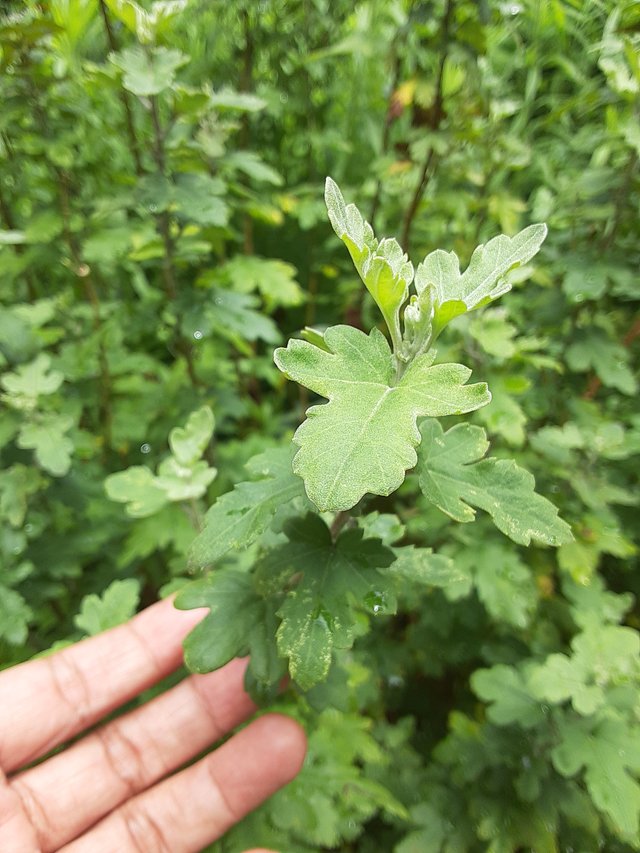The Chrysanthemum japonense, known for its vibrant blooms, has lobed, mid-green leaves with white hairs along the edges, contributing to its beauty and playing a vital role in photosynthesis and protection

Chrysanthemum japonense, also known as the Ashizuri noji-giku (Japanese) or Gold/Silver Chrysanthemum (English), is a beautiful perennial flowering plant native to Japan. It's part of the Asteraceae family, known for its daisy-like flowers.
Leaf Characteristics:
- Shape and Size: Chrysanthemum japonense features lobed, deeply divided mid-green leaves. Each leaf is typically between 3 to 5 centimeters (1.2 to 2 inches) in length. The lobes have a somewhat pointed or serrated appearance.
- Hairy Texture: A distinguishing characteristic of Chrysanthemum japonense leaves is the presence of fine white hairs along the edges. These tiny hairs give the leaves a slightly fuzzy or textured feel.
- Arrangement: The leaves of Chrysanthemum japonense are arranged alternately along the stem. This means that one leaf grows on one side of the stem, then the next leaf appears on the opposite side at a higher node.
Overall Appearance:
The combination of the lobed, mid-green leaves with the white hairs along the edges creates a delicate and textured foliage that complements the vibrant blooms of the Chrysanthemum japonense. During the fall season, the leaves may transition to a slightly reddish or bronze hue, adding another layer of visual interest to the plant.
Beyond Aesthetics:
The leaves of Chrysanthemum japonense aren't just visually appealing; they also play a vital role in the plant's health and growth.
- Photosynthesis: Like most plant leaves, the Chrysanthemum japonense leaves are essential for photosynthesis. This process allows the plant to convert sunlight, water, and carbon dioxide into energy (glucose) for growth and maintenance.
- Protection: The leaves provide some protection for the plant from harsh weather conditions, such as excessive sunlight or wind.
- Transpiration: Leaves also play a role in transpiration, the process by which plants release water vapor into the atmosphere. This helps regulate the plant's temperature and prevents overheating.
In summary, the lobed, mid-green leaves with white hair edging of Chrysanthemum japonense contribute to the plant's overall beauty and health. They play a vital role in photosynthesis, protection, and transpiration, making them essential components of this attractive flowering plant.
Ref.:
 |  |
Upvoted! Thank you for supporting witness @jswit.